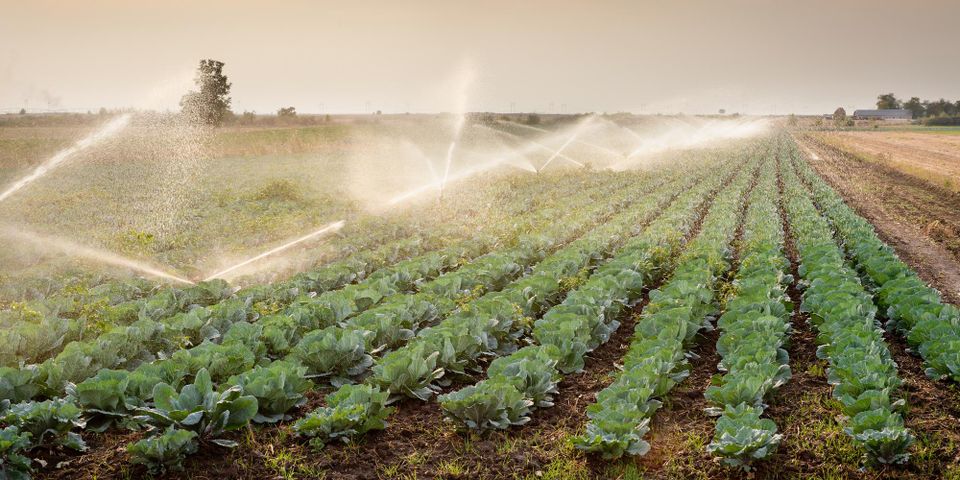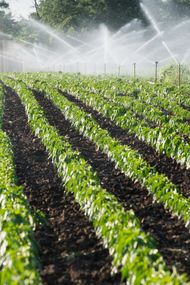4 Tips for Designing an Irrigation System

Protecting the integrity of your land, helping your crops thrive, and maintaining a healthy landscape are all benefits of high-quality irrigation equipment. Creating an efficient arrangement that delivers an adequate water supply to the appropriate areas is key, and the initial design stages are especially vital to the process. Here are a few tips for creating a system that works for your farmland’s benefit.
How to Create an Irrigation System
1. Assess Land Needs
No two properties are the same, and what may benefit one area may not be sufficient for another. Irrigation equipment includes everything from traditional sprinkler systems to big guns, which use a larger device to saturate more ground.
Some portions may need more water, while others require very little. Creating zones allows you to determine what each portion of land needs so that you can choose the most suitable products.
2. Evaluate Pressure Options
 Different operating pressures vary from a single pound per square inch up to 100 psi. A low-pressure device consumes little energy and is ideal for a flatter ground with minimal sloping.
Different operating pressures vary from a single pound per square inch up to 100 psi. A low-pressure device consumes little energy and is ideal for a flatter ground with minimal sloping.
When this option doesn’t suffice, a medium-pressure system fills the gap while still providing significant savings on energy usage. At over 60 psi, a high-pressure product fulfills the needs of a sloped field more efficiently than other devices.
3. Consider Delivery Methods
Drip irrigation equipment and sprinkler systems are common hydration options for your land. The former is advantageous for farmland because it saves water by slowly trickling to crops and plants through a series of tubes. In addition to reducing costs, it also allows farmers to perform other duties, like harvesting and mowing, by keeping other parts of the land dry.
Drip systems are also used to apply fertilizer where it’s needed. To determine the right option, consider the size of the field, the slope of the ground, and the needs of your landscape.
4. Manage Moisture Runoff
Water management is crucial when planning your irrigation system. Runoff can cause significant losses, affect the integrity of the topsoil, and reduce your land’s vitality. To prevent these issues, take into account your soil’s consistency.
Light materials, like coarse sand, will not retain moisture, but heavier substances, such as silt, accept water slowly. Water should be delivered at a reasonable rate so that the soil has time to absorb it.
Designing an efficient system begins with a deep understanding of the land. Many property owners throughout St. Paul, OR, and the surrounding areas trust in the professionals at Ernst Irrigation. They take your property’s unique needs into account and use high-level irrigation equipment to devise an effective system that allows the land to thrive. To find out more about their agricultural services and farm equipment, visit the website or call (503) 633-1111.
About the Business
Have a question? Ask the experts!
Send your question

